Joseph Dirand’s weighty 20-year oeuvre fuses minimalism, movies and milestones

Not far from the madding crowd attending the FIAC contemporary art fair, Joseph Dirand was in the midst of marking his 20-year career with a first monograph, simply titled Interior and published by Rizzoli. To coincide with the launch, a selection of his latest furniture designs has been on view at Artcurial as a blink-and-you’ll-miss-it exhibition. Whereas the book draws readers into the discreet yet dramatic apartments, hotels, restaurants and high-end retail spaces that he tailors to arrestingly handsome perfection, the show invites visitors to perceive the materiality of the pieces up-close. Without question, the collection registers as substantial – from a low table in pinkish copper to an openwork cabinet in bronze that weights some 700kg. Even the tome itself feels weightier than most.
Produced in signed and numbered limited editions, the furniture herein was first shown as a collection two years ago at Pierre Marie Giraud in Brussels. In the context of the book, however, it suggests how Dirand has been giving further consideration to the evolution of his work. On the evening of the exhibition preview, he tells Wallpaper* that the pieces arose from the projects, rather than the impetus to build a brand.
‘It took me a long time to feel comfortable doing furniture. Anything that is too commercial makes me uncomfortable,’ he explains, noting how the pieces have emerged from the same minimalist aesthetic as his early architecture. ‘Every time you discover or explore a new field, you try to justify your choice… and I feel this is my point of view. Either you look just back at the past, or you get inspired by the past to create something which is of today’s world. So it’s a tribute but also something new at the same time.’
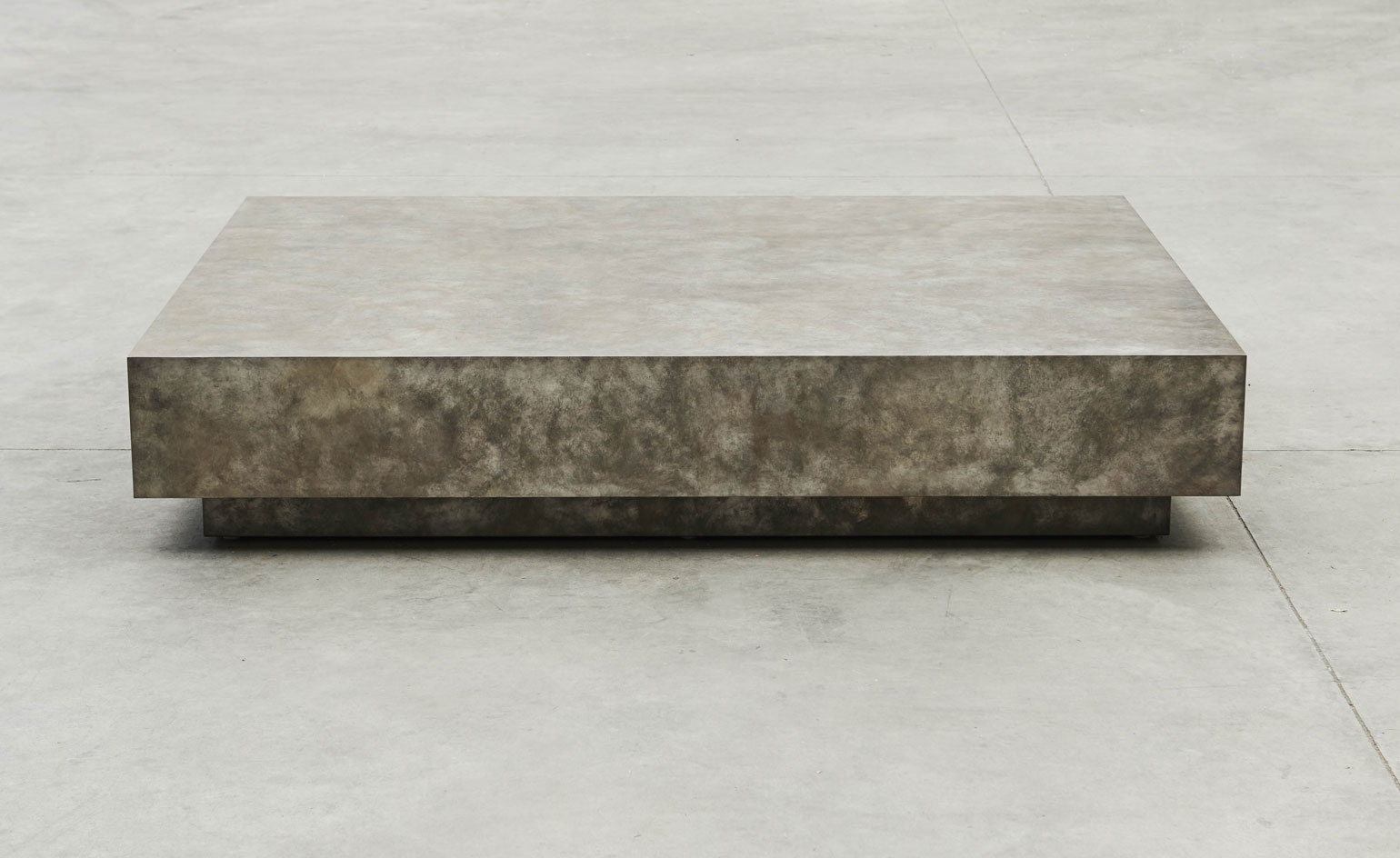
’Table Basse Iseo Argent,’ from the Modernist Collection, 2015, by Joseph Dirand. Courtesy Joseph Dirand/Aurelie Julien Collectible Design
Certainly, people will note strong references to mid-century masters such as Prouvé, Le Corbusier and Pierre Jeanneret, and the show’s name, ‘Modernist’, seems as applicable to their work as his. The smoky black elm modular desk labeled ‘Jeanneret’, and the ‘Alvar’ table, boasting an undulating base in the vein of Aalto’s famous vase, acknowledge the source material transparently.
Yet the interior architect also notes the ideological shift between then and now. ‘The modernist period was the idea of industrialisation with factories producing in mass. Mine is also ideological but in completely the other direction, which is working with limited edition pieces,’ he says. ‘With these you work with the best craftsman... because I couldn’t justify starting furniture with something which was just decorative. It was the only way for me to create a foundation of furniture that was not attached to a place.’
This notion of being site unspecific echoes the book’s introduction, written by his younger brother, Adrien Dirand. In it, he touchingly recounts their father’s adventures as a renowned photographer, who grew up in the vicinity of Le Corbusier’s Notre Dame du Haut chapel in Ronchamp. A photographer himself, Adrien proceeds to share how their trajectories were framed by their father’s view of the world, as well as Joseph’s attraction to minimalism. ‘The culture I have received was with the filter of a photographer and all these very poetic things,’ says Joseph, reinforcing his brother’s sentiments. ‘With this massive cultural information, it was impossible for me to make a choice; I almost had to reset the machine. And why when I was around 15, my strongest emotion was to minimal art, arte povera and the architecture of John Pawson.’

’Table Alvar Eucalyptus’, from the Modernist Collection, 2015, by Joseph Dirand. Courtesy Joseph Dirand/Aurelie Julien Collectible Design
The 25 projects included in Interior are ordered as acts: as though a Chloé boutique, the Paris restaurant Loulou, The Surf Club apartments in Miami and the extraordinary residences identified by their street addresses all exist along a narrative continuum (incidentally, the book reveals that the restaurant Monsieur Bleu is named after the family cat). ‘I really often compare my work to creating a scene of a movie,’ he confirms. ‘And then my pleasure is to see the movie of life getting into these things. This is why I love to do restaurants and to do hotels. I see all of these people taking their place and it becomes their life. That’s when I become satisfied.’
As for the book representing a milestone in his career, Dirand would like to believe that what he’s achieved thus far will still exist decades from now. ‘I’m really trying to challenge the people I’m working with so that ultimately, no one will have the courage to destroy [the work],’ he says. ‘I think for an architect who has this state of mind of building for the future, it’s something that you cannot accept: that you do things that get destroyed because they become out of fashion.’ Whether leafing through the book or grazing a hand atop the surface of his marble daybed, the takeaway is that his vision has staying power for some time yet.

Staircase at Lilienstrasse, Frankfurt.
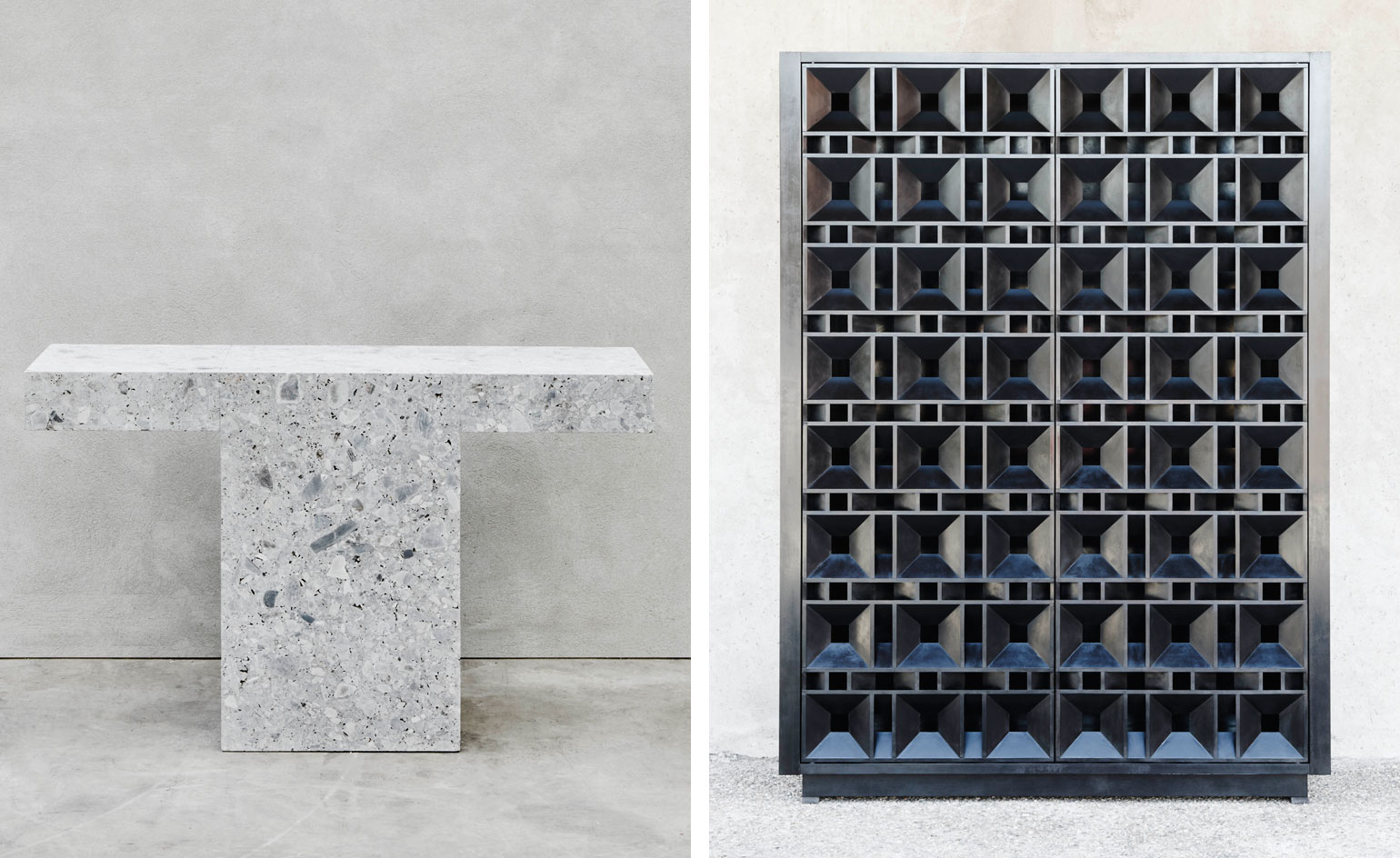
’Console Modulor’ and ’Cabinet Openwork 1’, both from the Modernist Collection, 2015, by Joseph Dirand. Courtesy Joseph Dirand/Aurelie Julien Collectible Design

The reception at The Surf Club, Miami.
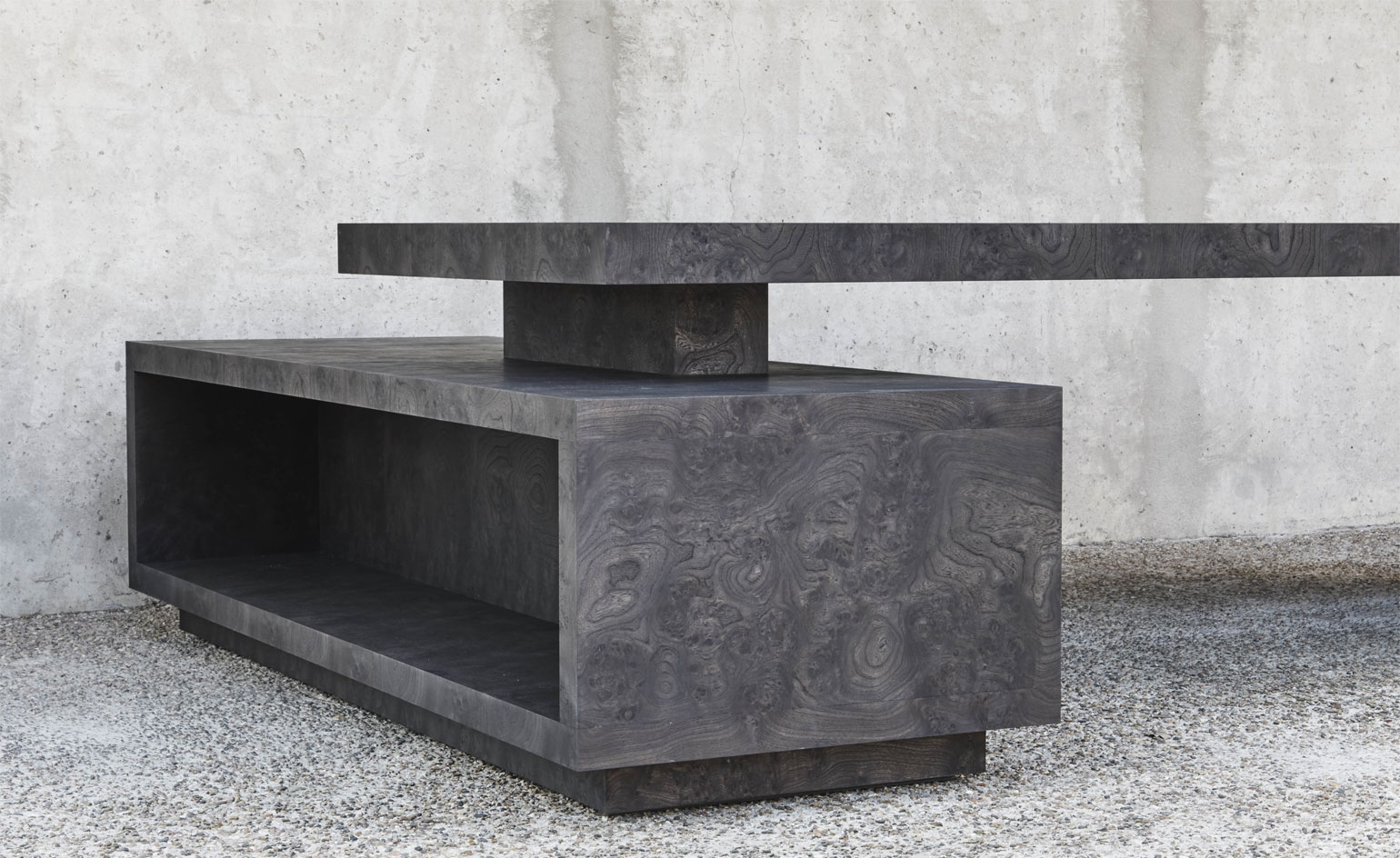
Bureau Chandigarh’, from the Modernist Collection, 2015, by Joseph Dirand. Courtesy Joseph Dirand/Aurelie Julien Collectible Design
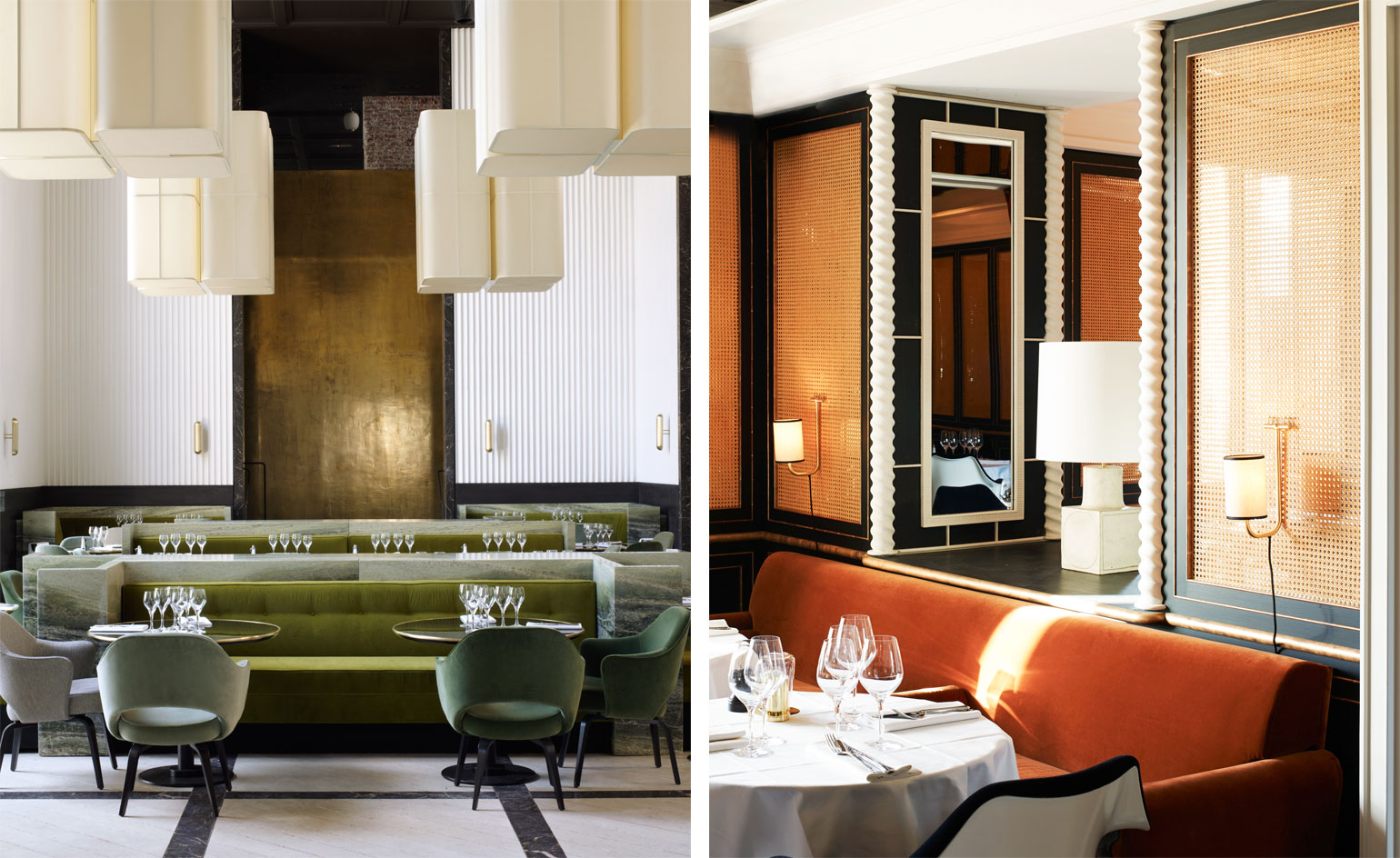
Left, Monsier Bleu, Paris. Right, Loulou, Paris.
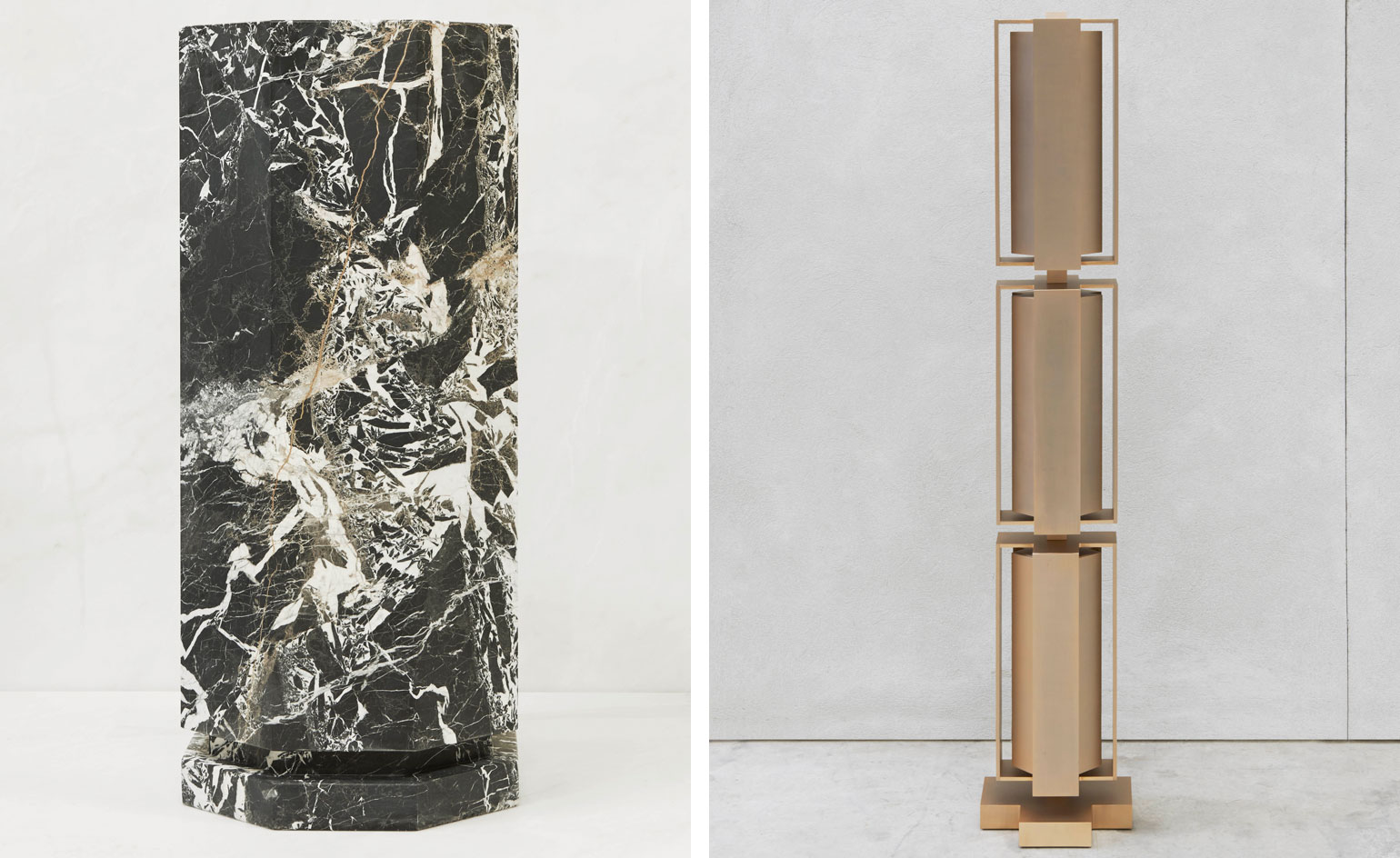
’Colonne Antica’ and ’Luminaire Totem’, both from the Modernist Collection, 2015, by Joseph Dirand.Courtesy Joseph Dirand/Aurelie Julien Collectible Design
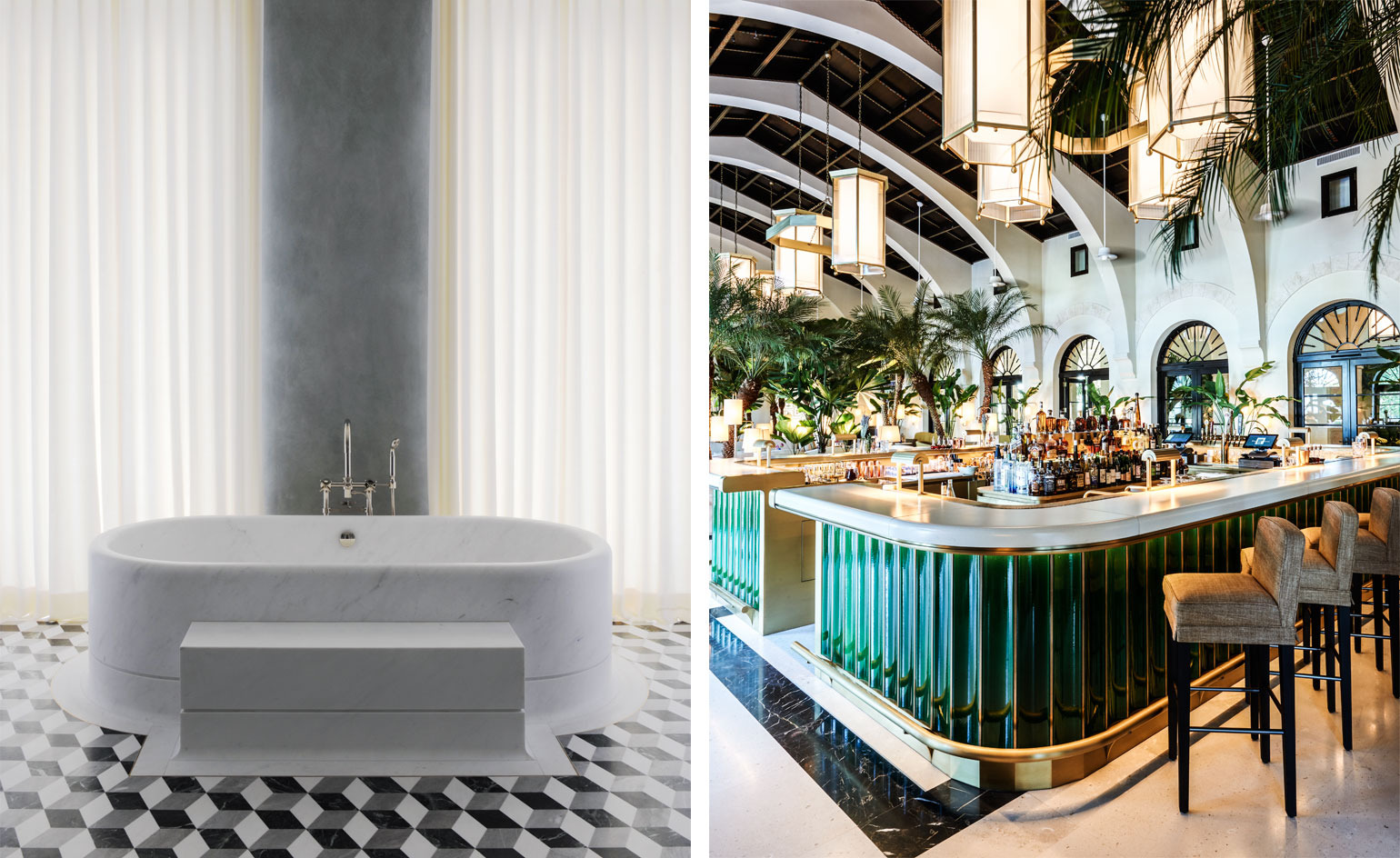
Left, bathroom at Lilienstrasse, Frankfurt. Right, Champagne Bar at The Surf Club, Miami.
INFORMATION
Joseph Dirand: Interior, $65, is published by Rizzoli. ‘Modernist’ is on view until 24 October. For more information, visit the Aurelie Julien website
ADDRESS
Artcurial
7 Rond-Point des Champs-Élysées
75008 Paris
Receive our daily digest of inspiration, escapism and design stories from around the world direct to your inbox.
-
 This cult Los Angeles pop-up restaurant now has a permanent address
This cult Los Angeles pop-up restaurant now has a permanent addressChef Brian Baik’s Corridor 109 makes its permanent debut in Melrose Hill. No surprise, it's now one of the hardest tables in town to book
-
 French bistro restaurant Maset channels the ease of the Mediterranean in London
French bistro restaurant Maset channels the ease of the Mediterranean in LondonThis Marylebone restaurant is shaped by the coastal flavours, materials and rhythms of southern France
-
 How ethical is Google Street View, asks Jon Rafman in Copenhagen
How ethical is Google Street View, asks Jon Rafman in CopenhagenIn 'Report a Concern - the Nine Eyes Archives' at Louisiana Museum of Art, Copenhagen, Jon Rafman considers technology's existential implications
-
 Is this Paris' most design-focused holiday shop?
Is this Paris' most design-focused holiday shop?Shop weird and wonderful design and fashion at this playful, postmodern exhibition from Item Idem, where commerce, culture and humour intersect
-
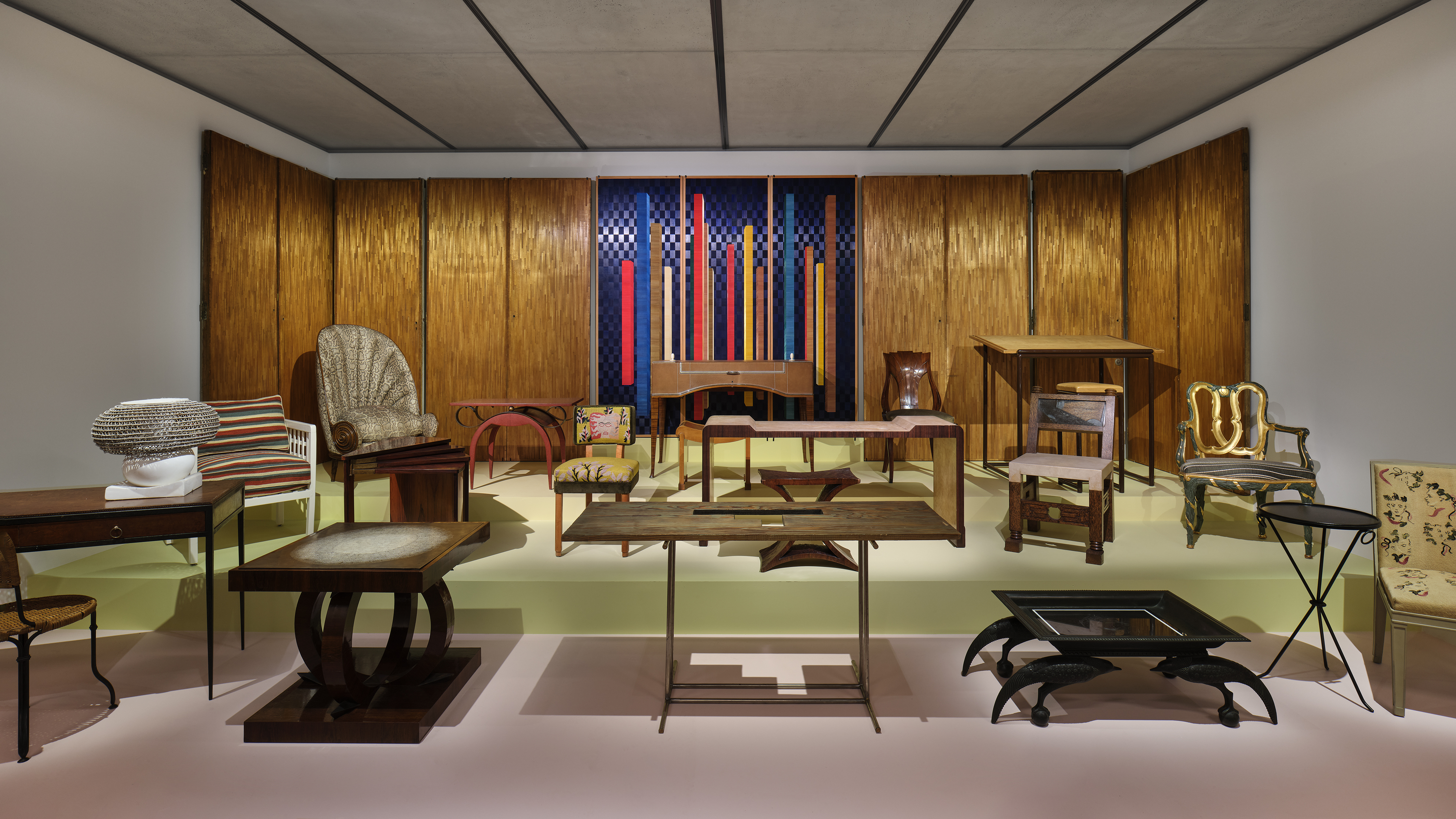 Art Deco's centenary is honoured with a grand exhibition in Paris
Art Deco's centenary is honoured with a grand exhibition in ParisTo mark 100 years of Art Deco, the Musée des Arts Décoratifs in Paris is holding a retrospective that includes furniture, tableware, clothing, jewellery and objets d’art (on view until 26 April 2026)
-
 Best of Design Miami Paris 2025: animal sculptures and musical ping-pong tables
Best of Design Miami Paris 2025: animal sculptures and musical ping-pong tablesDesign Miami Paris returns to the Hôtel de Maisons (until 26 October 2025): here are the Wallpaper* highlights
-
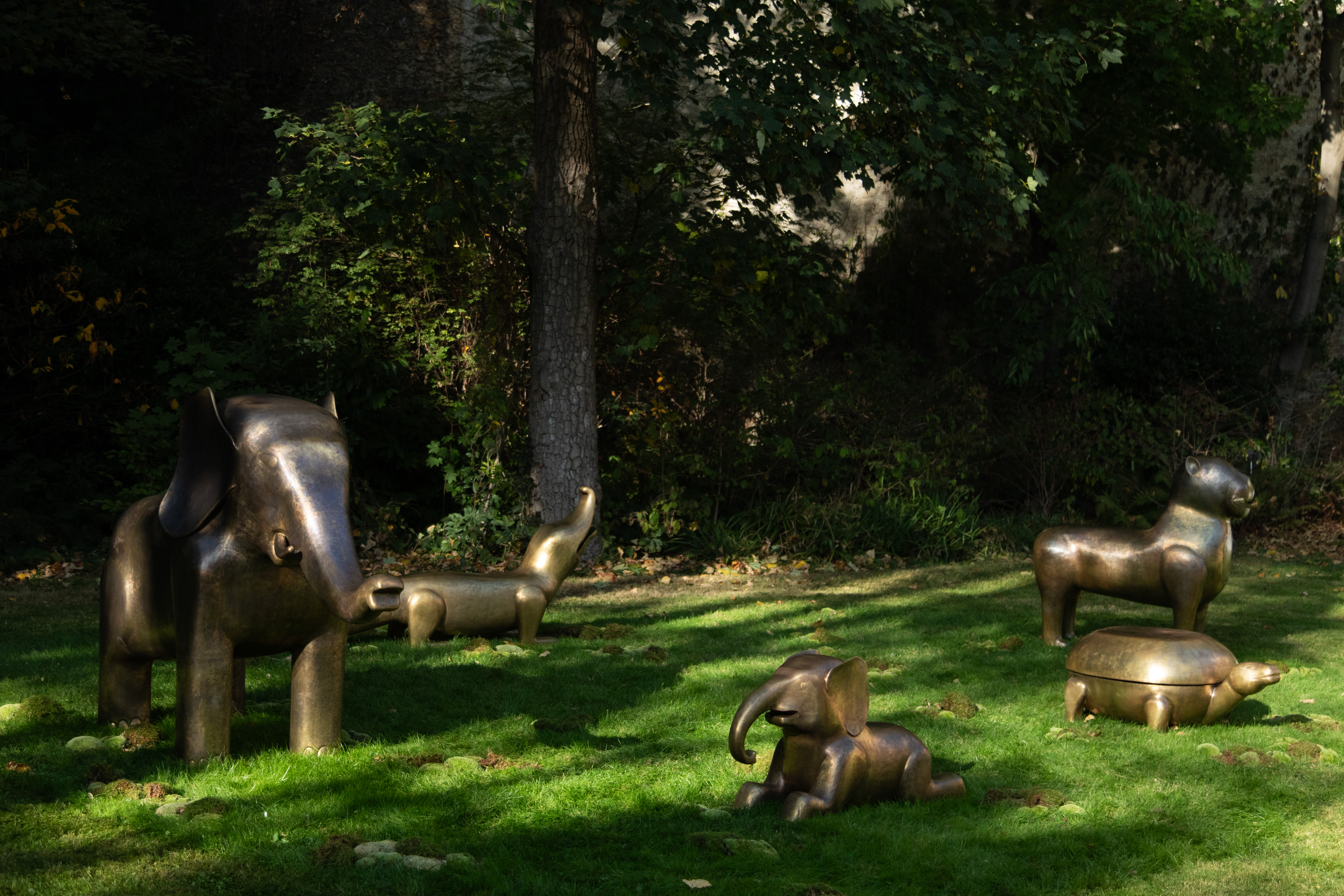 At Design Miami Paris, an artful menagerie tells a story of scent and nature
At Design Miami Paris, an artful menagerie tells a story of scent and natureVikram Goyal and Sissel Tolaas present ‘The Soul Garden’ at Design Miami Paris (until 26 October 2025), ‘a contemporary fable where the animals take new forms, reimagined for the world we live in today’
-
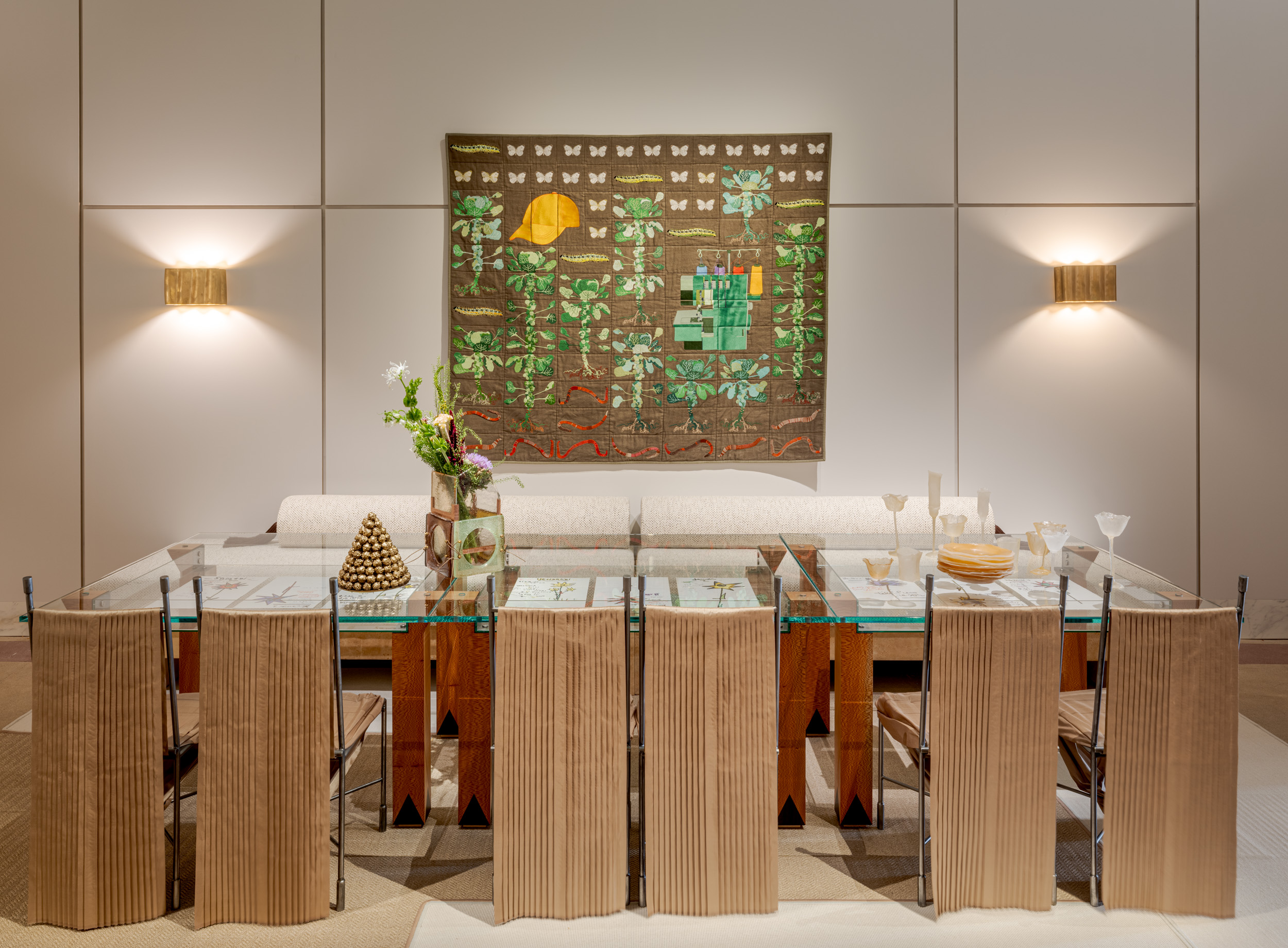 These are the best design exhibitions to see in Paris this week
These are the best design exhibitions to see in Paris this weekAs Design Miami Paris and Art Basel Paris make their return, we round up the best design exhibitions to discover in the city
-
 A monumental exhibition of French design revives the spirit of art deco for contemporary times
A monumental exhibition of French design revives the spirit of art deco for contemporary timesThe Galerie des Gobelins hosts the inaugural Salon des Nouveaux Ensembliers, a contemporary movement inspired by art deco’s grand traditions
-
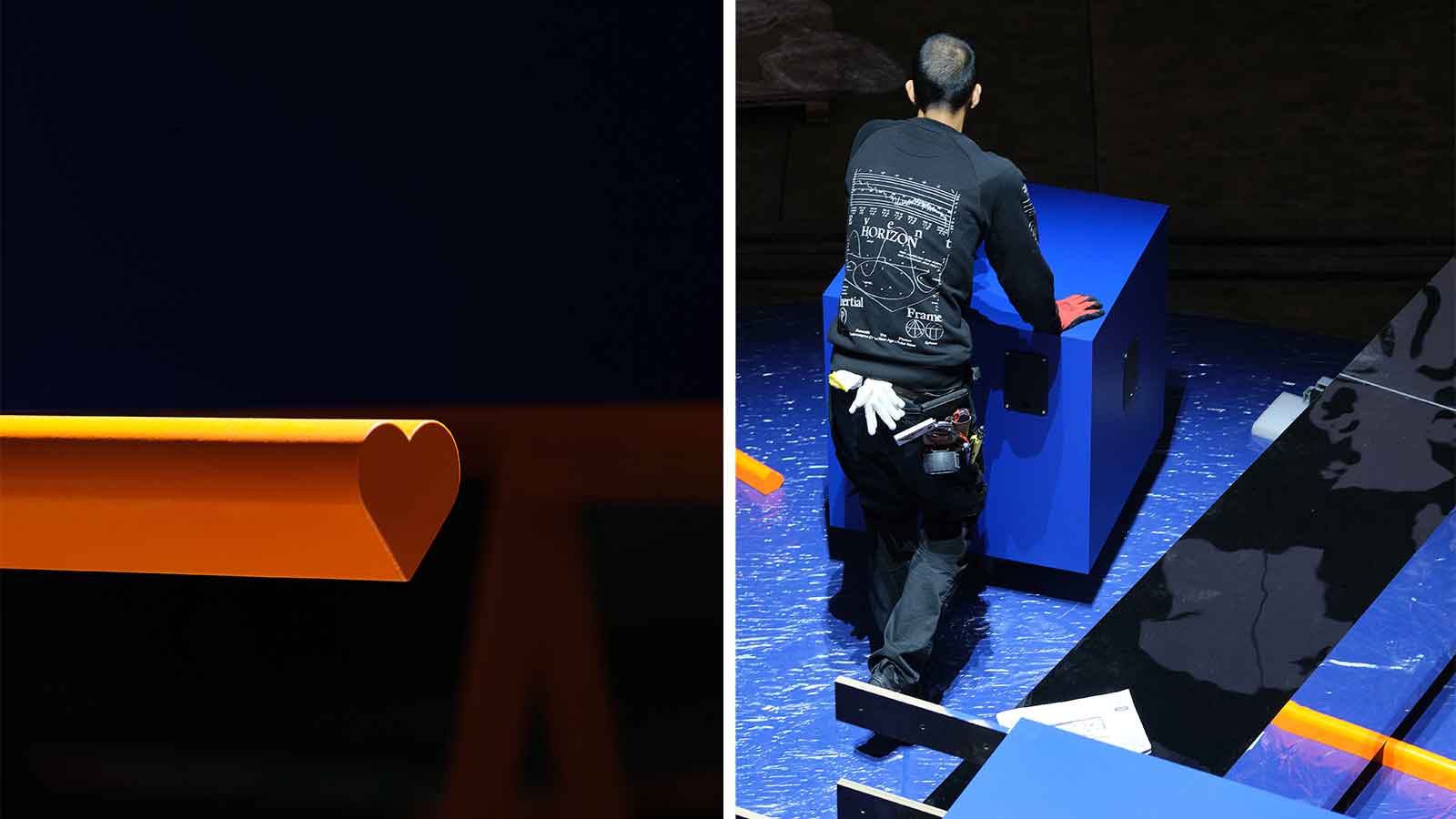 ‘The club is the place where everything is possible’: this Paris Design Week exhibition is conceived as a disco
‘The club is the place where everything is possible’: this Paris Design Week exhibition is conceived as a disco‘Design Disco Club’, curated by Christopher Dessus during Paris Design Week 2025, presents 30 emerging designers in a dark, disco-like environment
-
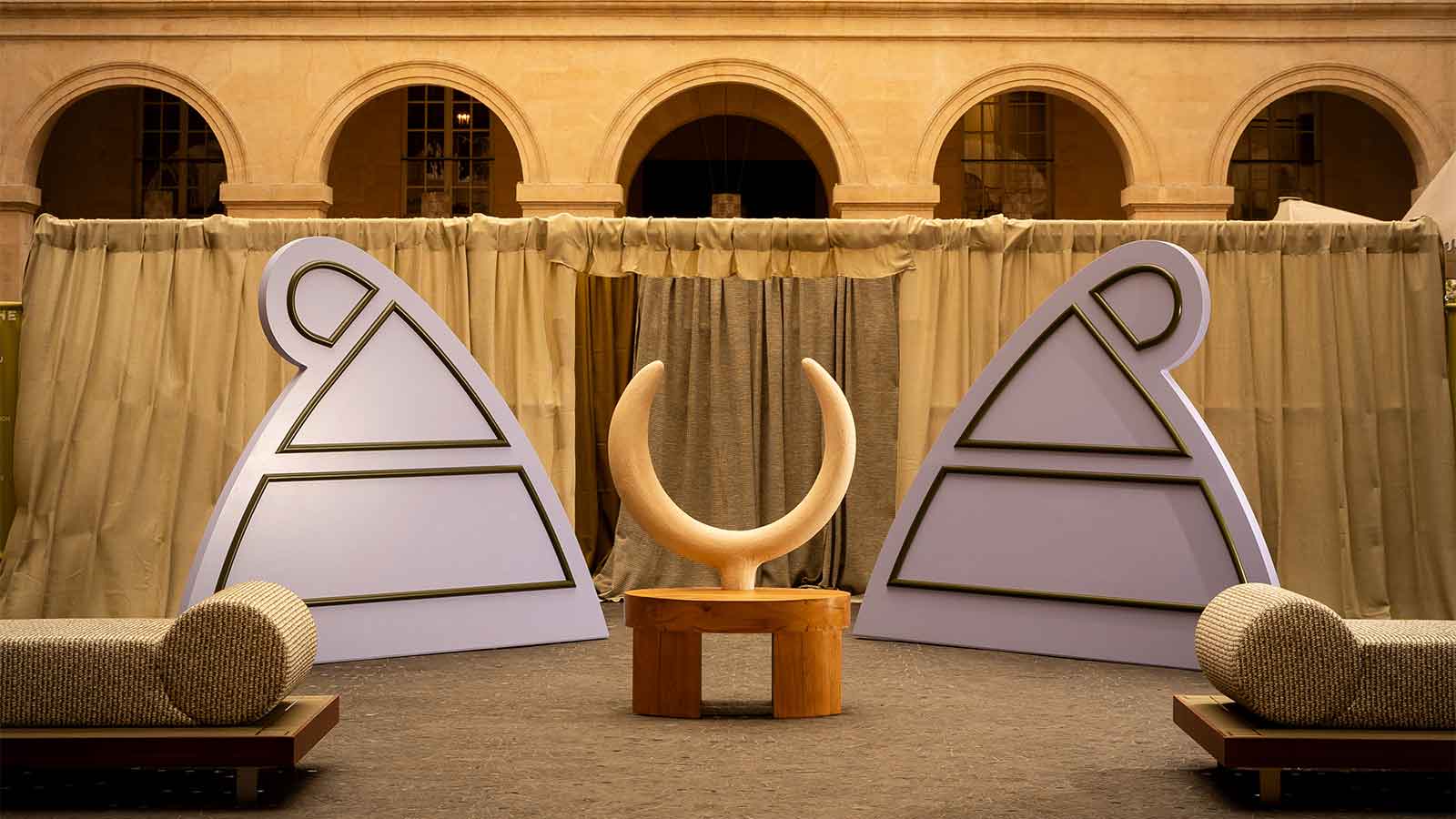 Postcard from Paris Design Week 2025
Postcard from Paris Design Week 2025As the French capital inaugurates the autumn design calendar, we look at the highlights from Paris Design Week 2025 (4-13 September)